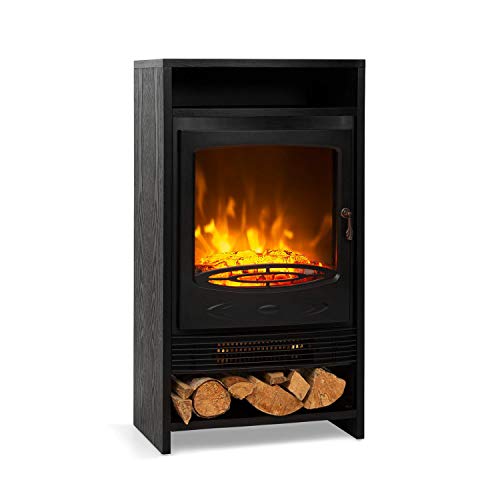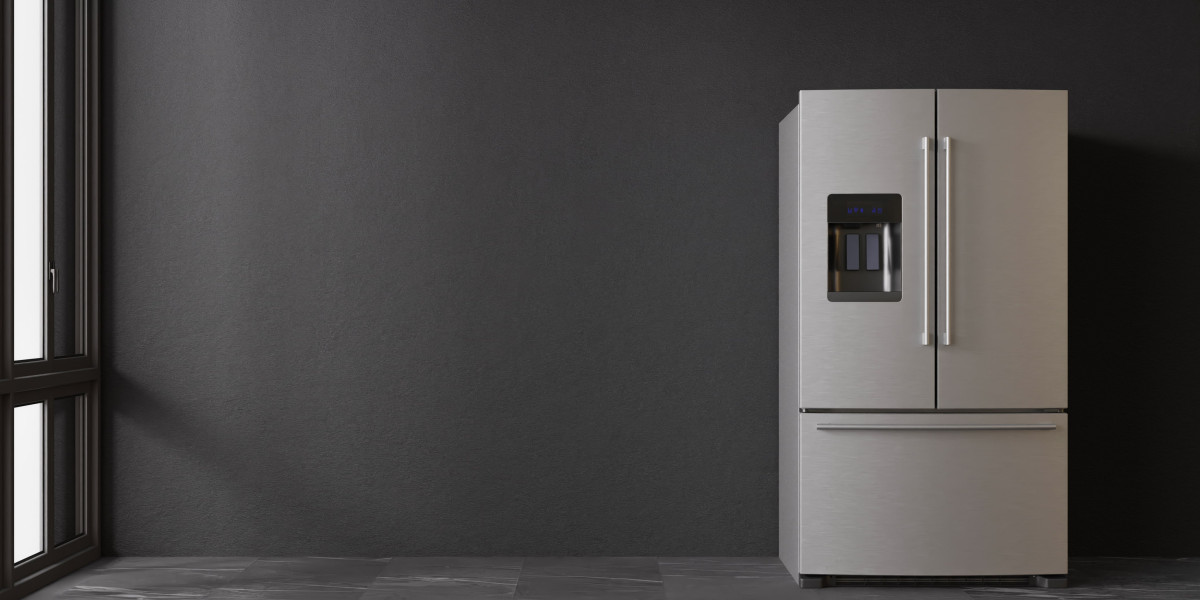Wood stoves, in contrast to traditional open fireplaces, are designed to use wood for combustion. This allows them to meet stricter emission standards.
Wood burning stoves produce sparkling yellow flames and soft crackling noises. They also give you a primal feeling of warmth. However, the smoke it creates contains carbon monoxide and toxic air pollutants, such as benzene, formaldehyde and polycyclic aromatic hydrocarbons.
Efficient
Fireplaces and stoves that burn wood provide a beautiful and natural heat to the home, but they are also incredibly efficient. A good quality wood burner can attain an Ecodesign rating as high as 77%. With the rising cost of energy, it is essential to ensure that you get the most value from your log stove The good thing is that this is much easier than ever before!
A key factor in the efficiency of a wood burning stove is in the water content of the wood. We recommend using only dried and seasoned wood that has dried for at least one year, and often two years. The more dry the wood more dry, the better it burns. This means less smoke, and less harmful emissions.
A wood burning stove offers the advantage of being an eco-friendly fuel source which is beneficial to the environment. If you buy locally-sourced wood, you are also helping to promote the active conservation and management of woodlands. This is great for wildlife.
As far as maintenance is involved, the sole requirement of a wood burner is to frequently take out and dispose of the ash. It can be a bit of a hassle but it's worth it in order to ensure you get most heat from each log. If you allow the ashes to completely cool, they can also be utilized as a non-toxic and green melting ice. They can also be used to polish jewellery and remove odors.
A fireplace that burns wood is an old-fashioned classic. While they're not as popular than gas fireplaces, their appeal and charm of a roaring fire cannot be disregarded. They're perfect for cosying with on cold winter nights and are a perfect way to create an inviting and warm space within your home. Making the investment in a top-quality wood burner will pay off for a long time. Our expert chimney sweeps are available to assist you in getting the most value from your stove. Give us a call today to learn more.
Low Carbon
Burners that are clean and efficient are among the most efficient ways to save money on logs while keeping your home warm. They also aid local woodland management. This is a fantastic way to support the wildlife that lives in your neighborhood.
Wood-burning fireplaces and stoves create very little pollution if they are maintained properly and are used with dry, seasoned and dry firewood. When they are not maintained properly or make use of wood that is not of high quality the smoke produced contains fine particles often referred to as particulate pollutants that can cause irritation to the lungs and other body organs. It also contains carbon monoxide as well as toxic air pollutants such as benzene, formaldehyde and polycyclic aromatic hydrocarbons. Inhaling air pollution can cause irritation of the lung and lead to asthma attacks, wheezing, coughing and irritation of the lungs. It can also lead to cancer, heart disease or premature death.
Some people fear that using a wood burning stove can cause climate change however this isn't necessarily the case. Burning wood produces energy that is carbon-neutral. In the course of the life of a tree, it absorbs carbon dioxide, and when it is burnt, the carbon absorbed is released back into the atmosphere.
Because the wood is harvested locally, it reduces the amount of pollutants released in the process of transportation. It is important to use hardwoods that have been seasoned and of high quality. They will burn longer and more evenly than softwoods.
Modern wood stoves, such as the ones manufactured by Charlton & Jenrick, emit less carbon dioxide than older stoves. They have been certified to meet 2020 EPA standards which are significantly more strict than previous emission limits.
 To prevent a build-up of exhaust in your home, all wood-burning stoves must be vented completely to the outside. All of our current DEFRA-exempt, clean burn stoves can produce extremely clear exhaust by keeping the flames in the vicinity of the wood logs and using dry well-seasoned, clean firewood.
To prevent a build-up of exhaust in your home, all wood-burning stoves must be vented completely to the outside. All of our current DEFRA-exempt, clean burn stoves can produce extremely clear exhaust by keeping the flames in the vicinity of the wood logs and using dry well-seasoned, clean firewood.A wood burning stove with a catalytic converter or a hybrid unit can provide the best low-carbon heating solution. These units re-ignite gases and particles released from the initial burning in a second stage by mixing them with superheated air. They then funnel the remaining gases and particulates through a catalytic combustor to create the third and final combustion, further decreasing emissions to levels well below government standards.
Clean Burn
Cleanburn wood stoves burn fuel at the highest possible efficiency. This results in the emission of very small particles into air when burning wood. The air management system of the stove controls the intake and venting of gases to ensure that the combustion process takes place in a safe and controlled environment. It also regulates the height of the flame to minimize emissions and increase heat output.
This means that your chimney and surrounding area will be a lot cleaner than older stoves. Particulate matter, also referred to as particle pollution, is a result of incompletely burned wood can trigger respiratory problems, such as coughing and wheezing, and can contribute to heart disease and stroke, diabetes and other serious ailments. The smoke caused by wood burning is a contributory factor in poor urban air quality.
Smoke from poorly combusted wood contains fine particulate pollutants and dangerous air pollutants like carbon monoxide as well as other harmful air pollutants such as nitrogen oxides, volatile organic compounds (VOCs), benzene, and formaldehyde. These particles can get into the lungs and other organs causing discomfort, injury, and even death. Dust particles from the air can also damage the surfaces of your home and create the impression of a rough surface to rooms.
It is important to select top quality, seasoned, and dried firewood when you use your fireplace with a wood burner. Hardwoods such as oak, ash, and beech are the most efficient for heating. Hardwoods have a high density and BTU content. They also offer more heat than softwoods.
It is also important to determine if your local authority has rules regarding wood burning. These rules may include rules on odors and nuisances, as well as visible smoke emissions or smoke opacity limitations.
It is crucial to keep the glass of a stove with an open front that is free of deposits and dirt. This can be done with dry cloths or oven cleaner spray. You can also add bicarbonate soda and water to the glass.
Regular maintenance of your stove and chimney is also essential. Regular chimney cleanings are necessary to get rid of creosote and ensure that the flue is working properly. Be sure to note dates for regular inspections in your diary, as this will help you avoid costly repairs and prolong the lifespan of your wood stove.
Low Maintenance
Many people opt to install wood burning fireplaces because of the natural warmth they create. However, this type of fire requires a bit of upkeep and maintenance. If not maintained and cleaned regularly, the chimney, flue, and stove can all have the potential to cause fires within your home. These fireplaces also provide heat in the event of power outage, particularly during winter storms where branches of trees can fall and power lines could be damaged.
Using a wood burner for heating will reduce your carbon footprint substantially compared to other fossil fuel sources like gas. Modern wood stoves and inserts are made to comply with EPA (Environmental Protection Agency) standards which mean they emit very little carbon dioxide. The more well-seasoned the wood is and the better it is, the more efficient it will be and you'll use less to generate the same amount of heat.
The fireplaces need some attention and maintenance. They should be placed away from combustible material and have a screen. The flow of air will be improved by keeping the grate free of ash and other debris. This will keep the fire burning longer and your home clean. It is recommended that your chimney and stove swept at least once a year to prevent the build-up of creosote which could create an extremely dangerous fire hazard as well as a clog that can restrict the flow of air.
It may take some time for a new homeowner to master the art of to ignite, light and maintain a continuous fire in the fireplace. Once you've learned the art, your wood stove will become an excellent source of warmth and comfort in your home.
Wood burning fireplaces have been around in a variety of forms or styles for over 500 years. They've gained popularity because of their effectiveness, sustainability, and the natural warmth that comes from wood. If you're considering installing a new heater, speak with your local certified Regency dealer to learn more about the benefits of a wood stove or an insert for your home.








